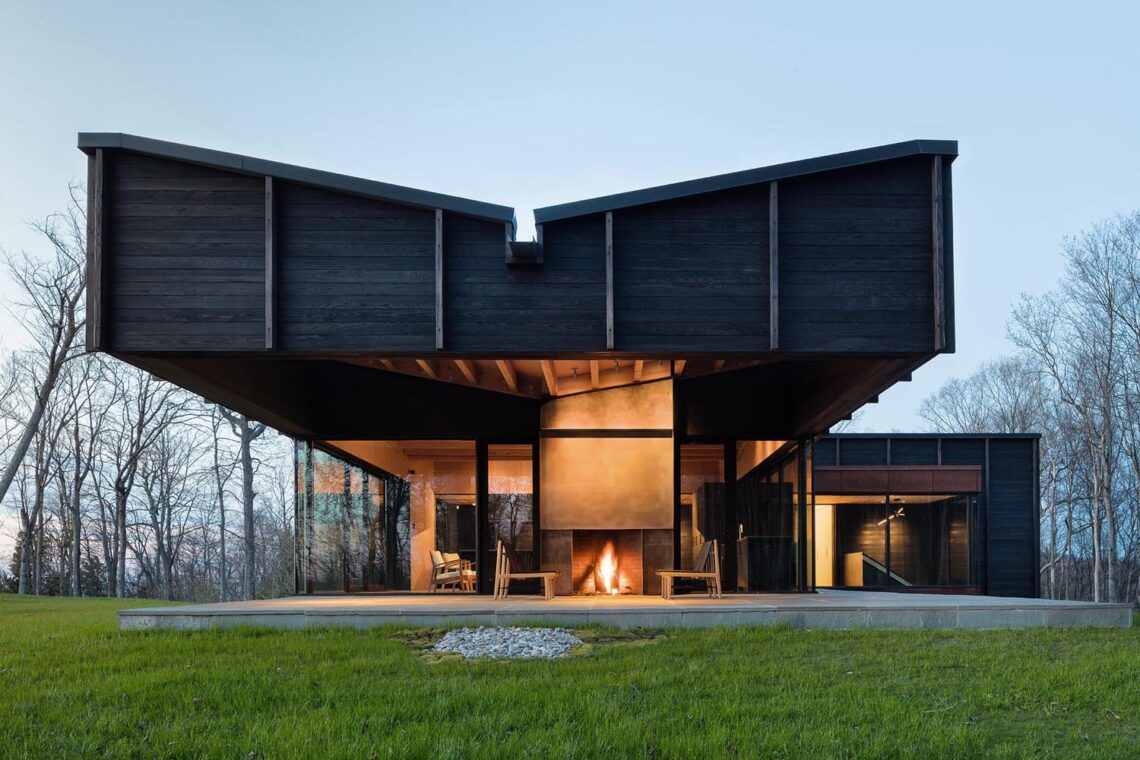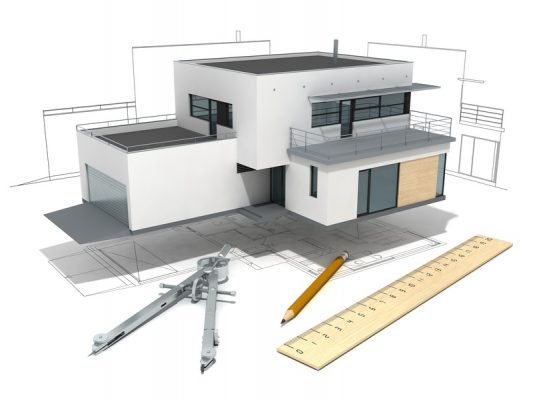Find the Best Residential Architects for Modern and Sustainable Home Designs
Find the Best Residential Architects for Modern and Sustainable Home Designs
Blog Article
Just How Residential Architects Create Custom-made Houses for every single Lifestyle
The procedure through which residential engineers style tailored homes is a nuanced interplay of recognizing client requirements and equating those understandings right into practical home. With thorough assessments and the use of design tools, designers capture the significance of their customers' way of lives, making certain that each home shows individual values and desires. This collaborative method extends beyond initial ideas, including cutting-edge technologies and lasting methods to enhance day-to-day living. As we explore the elaborate steps associated with this transformative process, a much deeper recognition for the designer's role fit unique settings starts to emerge.
Recognizing Customer Needs

Effective interaction is extremely important in this procedure. Designers ought to urge customers to express their way of livings, family characteristics, and future ambitions, ensuring that the style reflects their one-of-a-kind identification. By using devices such as sets of questions, meetings, and visual surveys, engineers can gather important understandings right into the customer's vision.
Furthermore, recognizing the context in which a home will certainly exist is vital. Architects must think about factors such as the site characteristics, neighborhood climate, and cultural influences that can affect the design. This all natural approach enables the development of spaces that are not only visually pleasing yet additionally functional and sustainable.
Ultimately, a deep understanding of customer needs allows engineers to produce customized homes that boost the quality of life for their occupants, fostering a sense of belonging and comfort within their living settings.
Style Process and Cooperation
The style process in property design is a dynamic interaction of creative thinking and cooperation, where designers, clients, and numerous stakeholders function carefully to bring a vision to life. This iterative trip normally starts with a series of conferences to develop a detailed understanding of the client's goals, choices, and lifestyle demands. Throughout these conversations, engineers gather essential details, allowing them to conceive designs that straighten with the client's vision.
Adhering to the initial appointments, the layout phase advances with sketches, 3D models, and architectural renderings. This aesthetic communication functions as a tool for engineers to existing ideas, while additionally welcoming client responses, ensuring that the last style reverberates with their assumptions. Reliable cooperation with engineers, specialists, and interior developers is critical throughout this stage, as it makes certain that all practical elements of the task are perfectly incorporated.

Incorporating Way Of Living Elements
Including way of living elements into residential design is important for developing areas that really resonate with the occupants. residential architecture homes. This process begins with understanding the special needs, preferences, and daily routines of the home owners. Designers participate in Web Site detailed conversations to discover just how the specific or family members uses their room, whether for amusing guests, pursuing hobbies, or looking for silent hideaway
Once these insights are collected, designers can customize style attributes that enhance day-to-day experiences. For example, open flooring plans may be designed for households that focus on togetherness, while committed workspaces can be integrated for those who function from home. Outdoor locations, such as patio areas or gardens, can be highlighted for families that enjoy outdoor activities or amusing.
Additionally, versatility is a key consideration; multi-functional spaces permit versatility as lifestyles progress over time. Custom-made storage options can additionally be incorporated to meet certain company needs, making certain that the home remains functional and clutter-free. Eventually, by attentively weaving way of life elements right into the architectural material, household architects develop tailored homes that not only fulfill visual wishes yet go to the website additionally significantly enhance the lifestyle for their clients.
Sustainable and Smart Design
Lasting and wise layout significantly plays an essential function in domestic architecture, as homeowners seek to minimize their ecological impact while enhancing their living experiences. Designers are now integrating environment-friendly materials, energy-efficient systems, and cutting-edge modern technologies to create homes that not just fulfill visual wishes but also serve the earth.
Incorporating renewable resource resources, such as photovoltaic panels and wind generators, permits home owners to harness natural deposits, substantially reducing dependence on traditional power grids. Smart home modern technologies even more enhance sustainability by maximizing energy usage with automated systems that manage cooling, lighting, and home heating based on occupancy and choices.
In addition, making use of lasting building products-- like redeemed timber, bamboo, and reused steel-- promotes a circular economy, reducing waste and resource consumption. Engineers likewise highlight passive layout principles, making sure homes are oriented for optimum all-natural light and ventilation, thereby lessening the need for fabricated home heating and cooling.
Along with eco-friendly benefits, wise and lasting style adds to the total convenience and health of homeowners. By prioritizing indoor air top quality and all-natural aspects, designers develop areas that promote well-being, allowing homeowners to thrive attuned to their environment.
Wrapping Up and Carrying Out Plans
Settling and implementing plans is a critical phase in the property architecture procedure, where the vision of a personalized home starts to appear. This stage entails careful attention to detail, guaranteeing that every aspect of the layout is exactly expressed and ready for building and construction. residential architecture homes. Engineers collaborate closely with customers to assess final strategies, resolving any last-minute changes or problems, while making sure that all aspects straighten with the homeowner's way of living requirements
Once plans are finalized, engineers prepare detailed construction files, including detailed drawings and requirements that act as a plan for home builders. These files describe products, finishes, and setup techniques, providing clearness for subcontractors and specialists. Furthermore, safeguarding necessary licenses and adhering to local building regulations is important, as it makes sure compliance and smooth job implementation.
Reliable interaction is vital throughout this stage. Normal updates and discussions with home builders help to reduce prospective problems prior to they arise. By promoting a collaborative atmosphere, designers can ensure that the execution straightens with the initial vision. Inevitably, this critical phase transforms ideas right into fact, laying the foundation for a home that mirrors the unique way of living and choices of its inhabitants.
Verdict
In final thought, household designers play an essential role in crafting personalized homes that cater to diverse way of lives. Via thorough understanding of customer requirements, joint layout procedures, and the integration of way of living aspects, designers make sure that each home mirrors individual choices.
The procedure by which property architects layout tailored homes is a nuanced interaction of recognizing client demands and equating those understandings right into practical living spaces. With comprehensive examinations and the usage of layout devices, engineers record the essence of their clients' lifestyles, making certain that each home reflects individual worths and desires. Architects should encourage customers to verbalize their way of lives, household dynamics, and future aspirations, making certain that the layout shows Source their unique identification.The design process in property design is a dynamic interplay of imagination and partnership, where engineers, clients, and different stakeholders function closely to bring a vision to life - residential architecture homes. Via meticulous understanding of client needs, joint style procedures, and the assimilation of way of living components, architects ensure that each home shows private preferences
Report this page